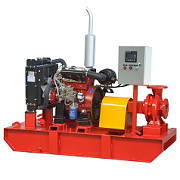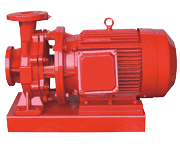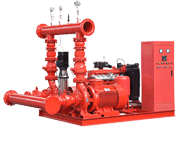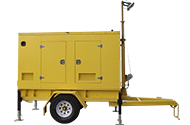
Fire pump noise is collectively referred to as pump noise, also known as pump sound noise, which is a physical noise. In general, fire pump noise is the irregular, intermittent, continuous or random noise generated by the fire pump during operation. Fire pump noise is low frequency noise. The so-called low frequency noise is the sound with a frequency below 50 Hz. Such sounds are slow to decay, sound waves are long, and their diffracted waves can easily bypass obstacles. For this reason, it is generally not easy to handle. In view of the noise problem of fire pumps, China has certain standards.
Fire pump noise standard
In 2008, the “GB 3096-2008 Acoustic Environmental Quality Standard” issued by the Ministry of Environmental Protection stipulates that the acoustic environment is divided into the following five types according to the functional characteristics of the area and the environmental quality requirements:
Class 0 acoustic environment functional area: refers to areas such as rehabilitation and rehabilitation areas that require special quietness;
Class 1 acoustic environment functional area: refers to the area where residential, medical and health, cultural education, scientific research design, and administrative office are the main functions, and needs to be kept quiet;
Class 2 acoustic environment functional zone: refers to the area where commercial finance and market trade are the main functions, or residential, commercial, and industrial mixed, and it is necessary to maintain a quiet residential area;
Class 3 acoustic environment functional zone: refers to the area where industrial production, warehousing and logistics are the main functions, and it is necessary to prevent industrial noise from seriously affecting the surrounding environment;
Class 4 Acoustic Environment Functional Zone: Refers to a certain distance between the two sides of the main line of the traffic. It is necessary to prevent traffic noise from seriously affecting the surrounding environment, including Types 4a and 4b. Class 4a is the expressway, primary road, secondary road, urban expressway, urban trunk road, urban secondary trunk road, urban rail transit (ground section), and both sides of the inland waterway; 4b is the two sides of the railway trunk line.
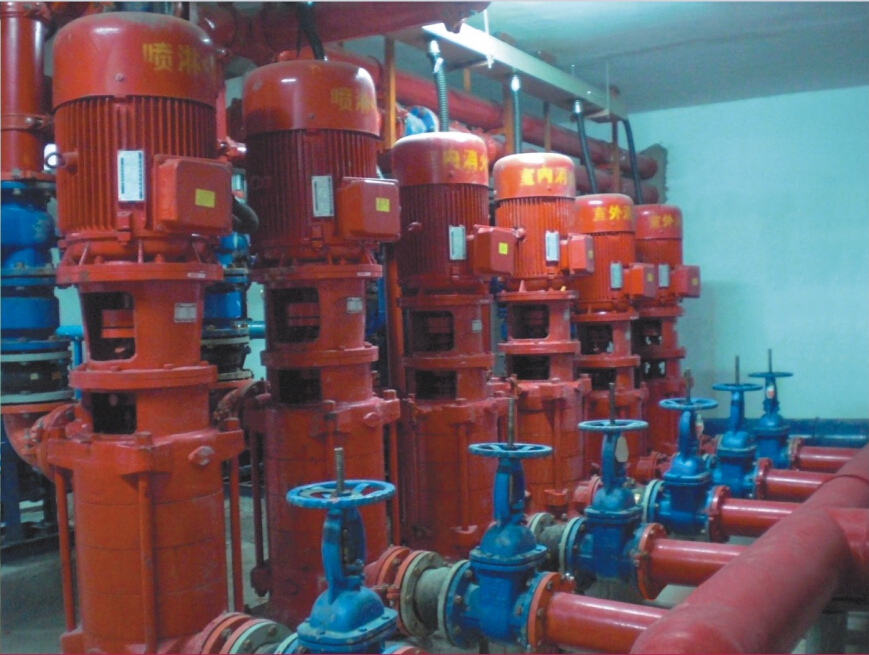 Among them, it is mandatory to require nighttime burst noise in various acoustic environment functional areas, and the maximum sound level exceeds the environmental noise limit by no more than 15dB (A). The daily allowable standard is 50-60dB in the residential area around the fire pump and 40-50dB in the night. Beyond this pump noise standard, the pump room should take measures to reduce the noise interference of the pump.
Among them, it is mandatory to require nighttime burst noise in various acoustic environment functional areas, and the maximum sound level exceeds the environmental noise limit by no more than 15dB (A). The daily allowable standard is 50-60dB in the residential area around the fire pump and 40-50dB in the night. Beyond this pump noise standard, the pump room should take measures to reduce the noise interference of the pump.
Then, in the face of excessive noise from the fire pump in the engine room, what measures should the relevant companies take to control it?
Measure 1: Install the pump water pump on the vibration damping device. Although it can not greatly reduce the noise in the pump room, it can relieve some.
Measure 2: Select the fire pump that connects the fire pump body and the water supply pipe with soft joints. This way of linking greatly reduces the vibration caused by friction, thus reducing noise.
Measure 3: The place where the pipe is in contact with the wall is elastically supported, and the elastic pipe is installed through the wall pipe.
Measure 4: Select a suitable damper for effective control.

